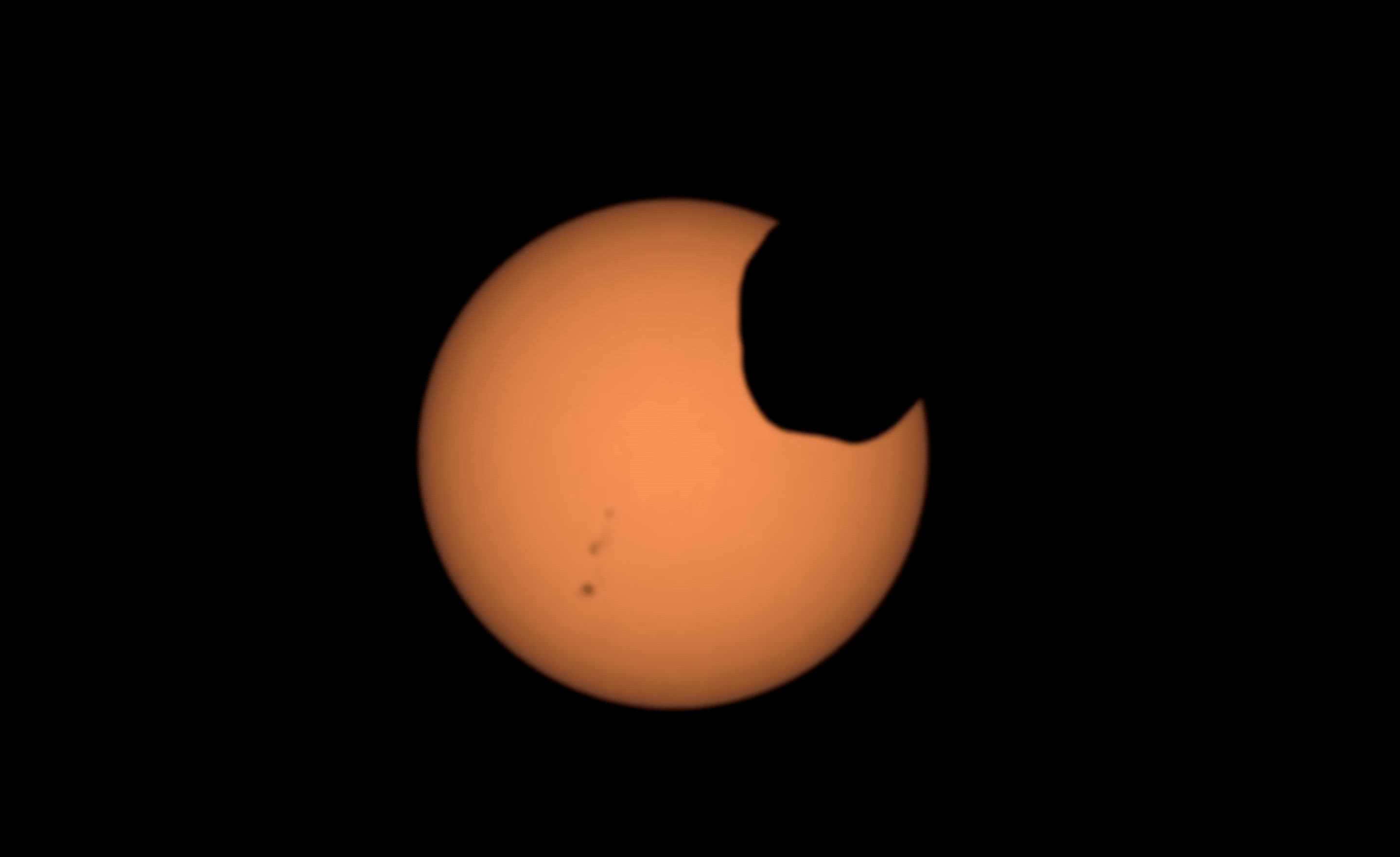When you buy through links on our site , we may earn an affiliate direction . Here ’s how it influence .
Mars was squiffy , until suddenly it was n’t .
Scientists have long assure dry river bottom slashed across the surface ofMarsas evidence that body of water once flowed freely on the planet . And in 2012,NASA ’s Curiosity space rover transmit back image of smooth , pear-shaped pebbles from the bottom of one such riverbed , their deficiency of jumpy edge evidence that water system had once flowed over them . Now , a newfangled study published today ( March 27 ) in the diary Science Advances catalogs those river and paper that their waters in all likelihood flow heavily well into the last epoch , before Mars entirely dry up .

This NASA image shows a preserved river channel on Mars, with color overlaid to indicate elevation (blue is low, yellow is high). The range of elevation in the snapshot is about 115 feet (35 meters).
" It ’s already hard to explain river or lake based on the entropy we have , " Edwin Kite , a planetary scientist at the University of Chicago and head writer of the written report , say in astatement . " This makes a difficult problem even more difficult . " [ 7 Most Mars - Like Places on land ]
If the rivers had been abbreviated or flow only part of the sentence , it still would have been challenging to explicate their beingness . But scientist just do n’t know where all the fluid water arrive from to form these expectant flows .
Marstoday is polar and mostly ironical , with just a thin atmosphere on its surface . In the distant past , it seems that the conditions should have been even cold , because the sunlight reaching the planet ’s surface would have been dimmer . And yet , one million million of years ago , water seems to have flow heavily and freely across Mars , in river that were sometimes broad than those on Earth . These waters come out to have flowed so hard that they would have been in motion all day , not just at flush sunlight hour or in flimsy trickles .

Scientists just do n’t know what variety of weather condition on the Red Planet would have produced these rivers , but the study showed that the hard fall water subsist for more than a billion eld , in early Martian account .
That imply , at a lower limit , that Mars had a impregnable greenhouse effect back then to trap the energy of limited sunlight on the planet and mellow out its water — which then run off into river channels . [ ' 4 - Billion - Year Old ' Mars Fly - Over Shows Water and Blue Skies | Video ]
Kite state that this workplace implies that something in the current science of planet and the earlysolar systemis wrong , because everything scientist know evoke that the river on Mars should have been humble and irregular , if they existed at all . The long - term , toilsome flows lasting for millions of days , just do n’t gibe into current scientific cognition .

The research also show that as the Red Planet set about colder , it did n’t slowly dry up . alternatively , at the closing of the Martian wet epoch , rivers became shorter , but still carry heavy runoff before — almost right away — disappearing .
Originally published onLive Science .















